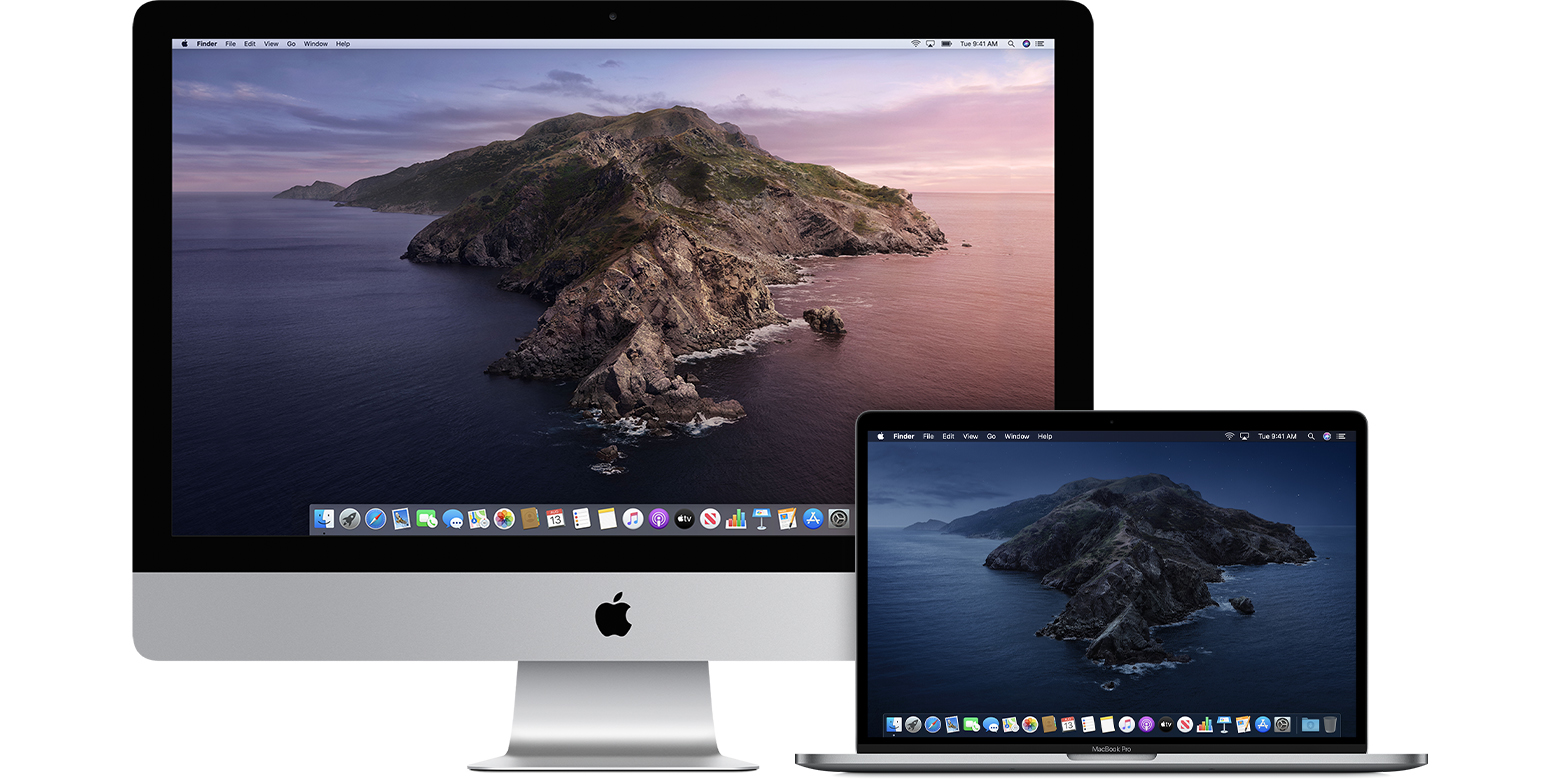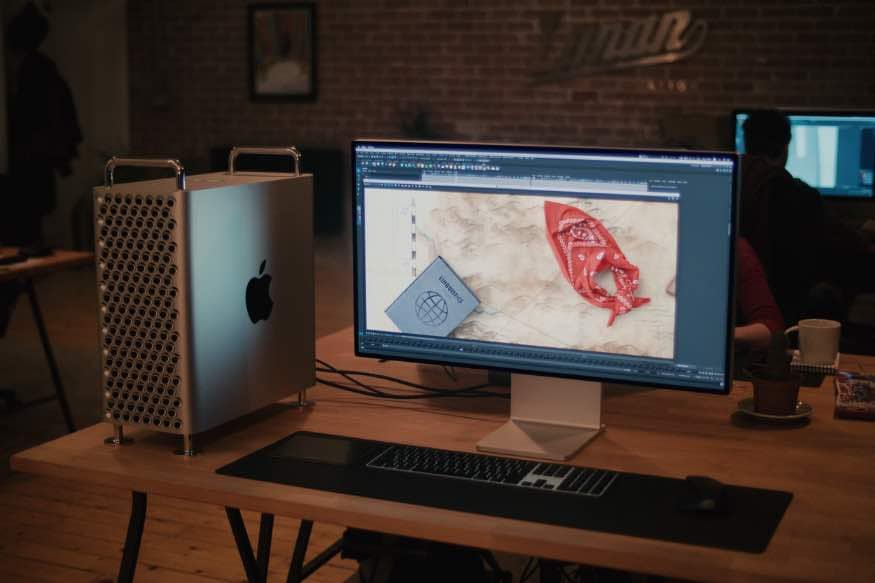I have looked for a while now. I have found a download page here:
Get the latest Apple Inc. (AAPL) stock news and headlines to help you in your trading and investing decisions. Jul 31, 2020. May 28, 2018. Jul 11, 2020. New subscribers only. $9.99/month after free trial. No commitment. Plan automatically renews after trial until cancelled. To access and use all the features of Apple Card, you must add Apple Card to Wallet on an iPhone or iPad with iOS 12.4 or later or iPadOS.
The latest date on anything I can find here is from 2015.
Another page directs me to use the boot camp assistant, but it requires that I have a thumb drive (ready to be reformatted), and I must reboot into MacOS I'm not going to do that. In anticipation to some responses, we can argue about it if you want but it'll be a waste of energy.
Many other situations would involve going to a web page and downloading an installer so I'm asking here for what I'm missing.
Thank you for responses that stick to the point and answer the question.
The Latest Macbook Air
I felt like showing a bit more of the process:
1) 'install Windows on a Mac with Boot Camp Assistant' https://support.apple.com/en-us/HT201468
Ok this looks useful but the process is written for a fresh format and install of Windows.
Here's a link for:
2) 'If the Boot Camp Installer Doesn't Open...' https://support.apple.com/en-us/HT208495
Ok that's cool now I know I'm looking for some 'Boot Camp Installer' that needs to run on my Windows side
3) But of course there's no link to a 'Boot Camp Installer' I needed to use the Assistant from the MacOS side and the thumb drive.
4) Wait wait, here's a section called 'If you can't download or save the Windows support software:'
Oh, but this section just troubleshoots problems you have with formatting your USB drive and with USB drive recommendations.
/cdn.vox-cdn.com/uploads/chorus_asset/file/11679241/180711_MacBookPro_NewYorkCity_BK_41579.JPG)
I don't know why it's like this. Any other system would just have an installer and even an update agent for download. Is apple protecting IP and software licenses. Possible. Are they keeping users from downloading the wrong versions of stuff? Possible but there are other ways to do that.

They made a choice to handhold users through disk formatting instead of just having a download.
MacBook Pro 13', macOS 10.14
Posted on
Reinstall from macOS Recovery
macOS Recovery makes it easy to reinstall the Mac operating system, even if you need to erase your startup disk first. All you need is a connection to the Internet. If a wireless network is available, you can choose it from the Wi-Fi menu , which is also available in macOS Recovery.
1. Start up from macOS Recovery
To start up from macOS Recovery, turn on your Mac and immediately press and hold one of the following sets of keys on your keyboard. Release the keys when you see an Apple logo, spinning globe, or other startup screen.
Command (⌘)-R
Reinstall the latest macOS that was installed on your Mac (recommended).
Option-⌘-R
Upgrade to the latest macOS that is compatible with your Mac.
Shift-Option-⌘-R
Reinstall the macOS that came with your Mac, or the closest version still available.
You might be prompted to enter a password, such as a firmware password or the password of a user who is an administrator of this Mac. Enter the requested password to continue.
When you see the utilities window, you have started up from macOS Recovery.
2. Decide whether to erase (format) your disk
You probably don't need to erase, unless you're selling, trading in, or giving away your Mac, or you have an issue that requires you to erase. If you need to erase before installing macOS, select Disk Utility from the Utilities window, then click Continue. Learn more about when and how to erase.
3. Install macOS
When you're ready to reinstall macOS, choose Reinstall macOS from the Utilities window. Then click Continue and follow the onscreen instructions. You will be asked to choose a disk on which to install.
- If the installer asks to unlock your disk, enter the password you use to log in to your Mac.
- If the installer doesn't see your disk, or it says that it can't install on your computer or volume, you might need to erase your disk first.
- If the installer is for a different version of macOS than you expected, learn about macOS Recovery exceptions.
- If the installer offers you the choice between installing on Macintosh HD or Macintosh HD - Data, choose Macintosh HD.
Please allow installation to complete without putting your Mac to sleep or closing its lid. During installation, your Mac might restart and show a progress bar several times, and the screen might be empty for minutes at a time.
If your Mac restarts to a setup assistant, but you're selling, trading in, or giving away your Mac, press Command-Q to quit the assistant without completing setup. Then click Shut Down. When the new owner starts up the Mac, they can use their own information to complete setup.
macOS Recovery exceptions
The version of macOS offered by macOS Recovery might vary in some cases:
- If macOS Sierra 10.12.4 or later has never been installed on this Mac, Option-Command-R installs the macOS that came with your Mac, or the closest version still available. And Shift-Option-Command-R isn't available.
- If you erased your entire disk instead of just the startup volume on that disk, macOS Recovery might offer only the macOS that came with your Mac, or the closest version still available. You can upgrade to a later version afterward.
- If your Mac has the Apple T2 Security Chip and you never installed a macOS update, Option-Command-R installs the latest macOS that was installed on your Mac.
- If you just had your Mac logic board replaced during a repair, macOS Recovery might offer only the latest macOS that is compatible with your Mac.

If you can't get macOS Recovery to offer the installer you want, you might be able to use one of the other ways to install macOS.
The Latest Macbook Os
Other ways to install macOS
What Is The Latest Mac Update
- You can also install macOS from the App Store or Software Update preferences. If you can't install macOS Catalina, you might be able to install an earlier macOS, such as macOS Mojave, High Sierra, Sierra, El Capitan, or Yosemite.
- Or create a bootable installer disk, then use that disk to install macOS on your Mac or another Mac.
